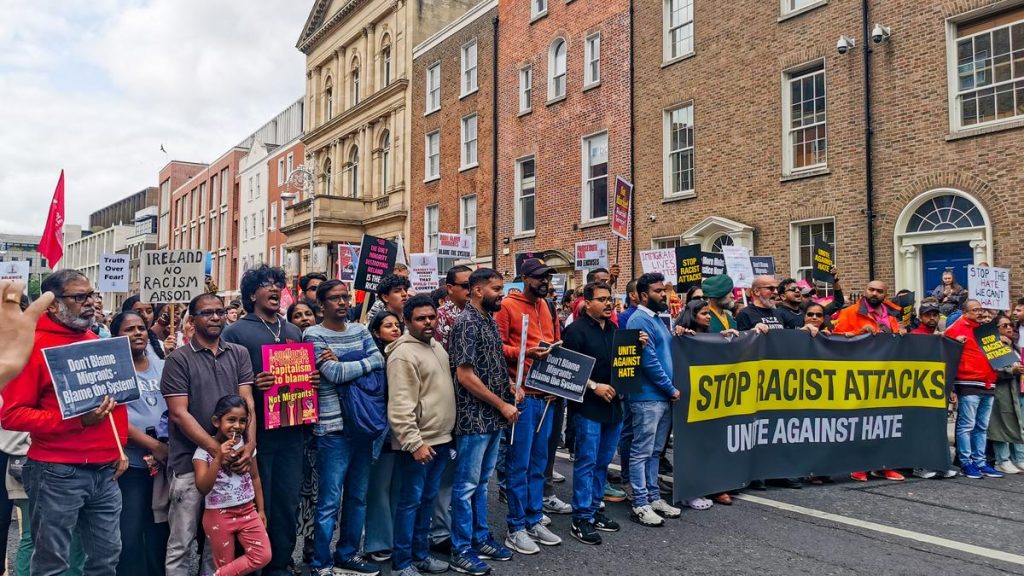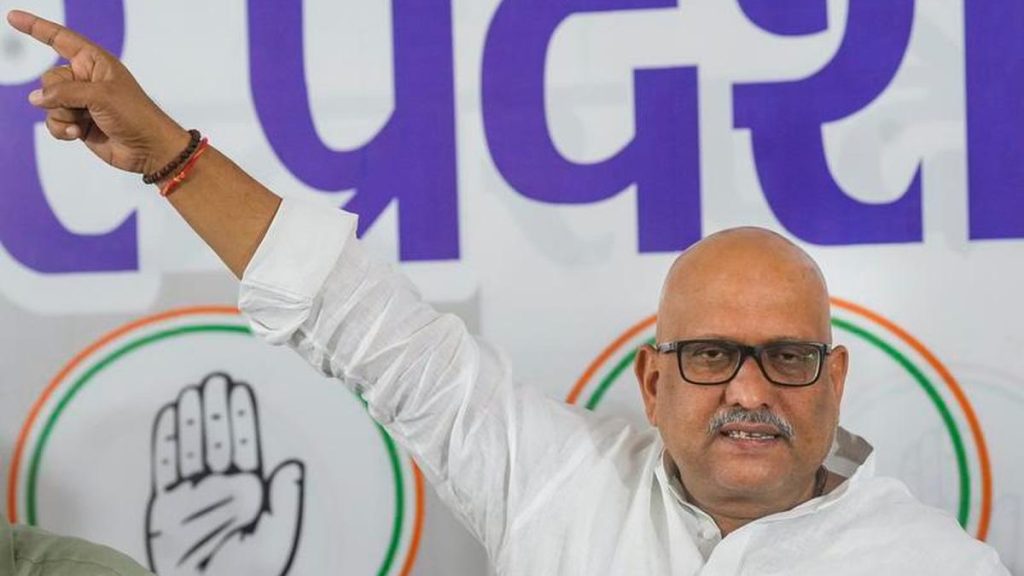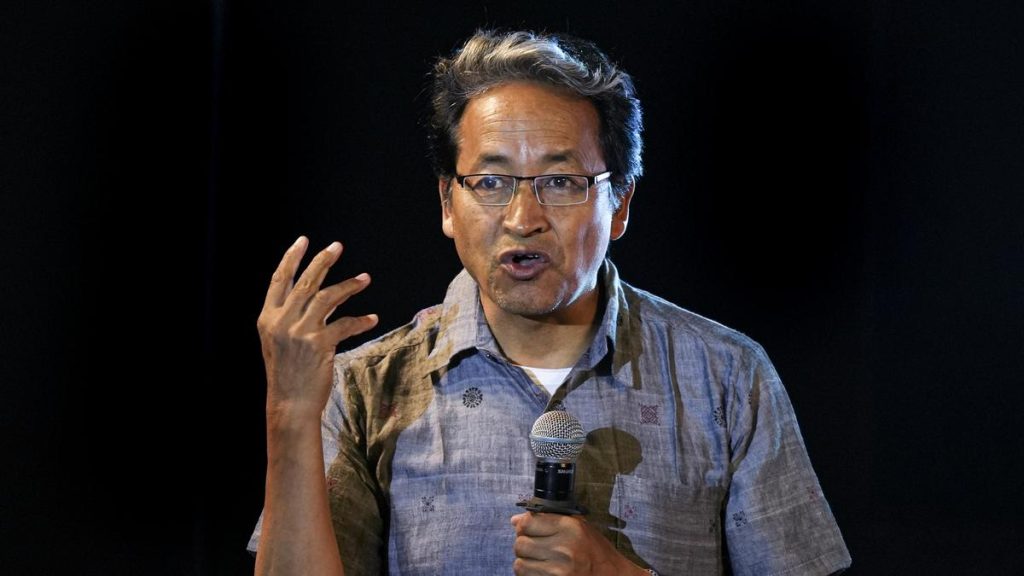Now Reading: Bengaluru Double-Decker Flyover: Unfinished Sections Persist a Year After Main Stretch Opens
-
01
Bengaluru Double-Decker Flyover: Unfinished Sections Persist a Year After Main Stretch Opens
Bengaluru Double-Decker Flyover: Unfinished Sections Persist a Year After Main Stretch Opens

Swift Summary
- Namma Metro’s Yellow Line is fully operational, connecting RV Road to Bommasandra since August 10, inaugurated by prime Minister Narendra Modi.
- the double-decker flyover running alongside the metro line remains partially incomplete, frustrating commuters at key locations like HSR Layout adn Ragigudda.
- Key unfinished sections include two ramps (D and E) connecting HSR layout to ragigudda and BTM Layout. Current operational ramps are A, B, and C.
- Built by Bangalore Metro Rail Corporation Limited (BMRCL) at a cost of ₹449 crore over a 5.12 km stretch to decongest Central Silk Board junction.
- Completion of all flyover ramps was initially scheduled for June 2025 but is now delayed further; officials estimate remaining work will be done by September 2025.
- Commuters express dissatisfaction with the delays, citing daily travel time inconveniences despite much of the project being almost ready.
Indian Opinion Analysis
The delay in completing critical portions of Bengaluru’s double-decker flyover underscores broader challenges in urban infrastructure planning.While the operational status of Namma Metro’s yellow Line demonstrates progress in public transit development, its integration with road networks via planned ramp amenities remains suboptimal. This incomplete linkage defeats much of the project’s original intention – reducing congestion hotspots like Central Silk Board junction effectively.
from an infrastructural standpoint,such delays risk eroding commuter trust and diminishing overall cost-benefit outcomes from important taxpayer-funded investments like this ₹449 crore venture. With high anticipation for smoother urban mobility following an expensive dual-design structure combining rail with road services beneath elevated viaducts, it highlights gaps between planning aspirations and execution efficiencies.
Completion targets now advanced toward september possibly mitigate worst-case user experience disruptions meanwhile optimized transitioning evaluating overlapping centralized mobility corridors deeper over economic-finalization-mode timings essential awaiting.*
























